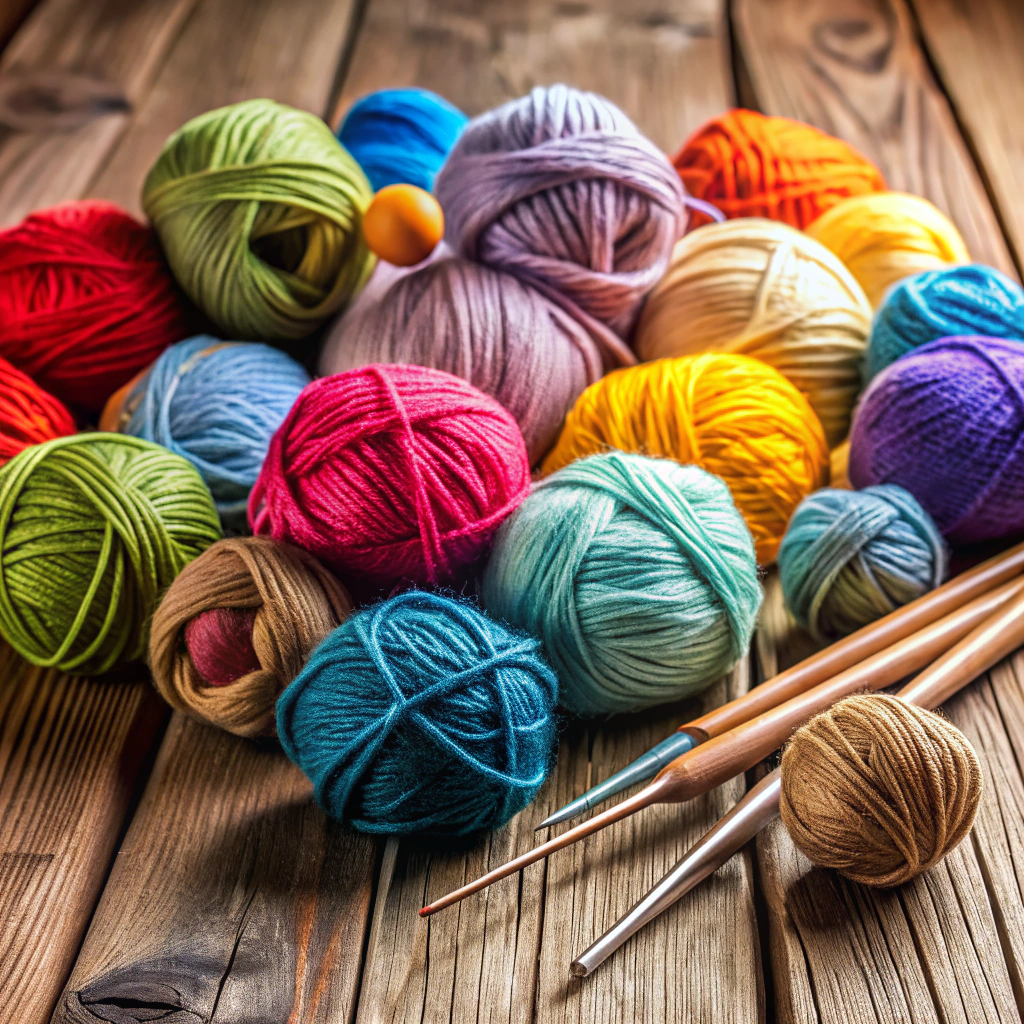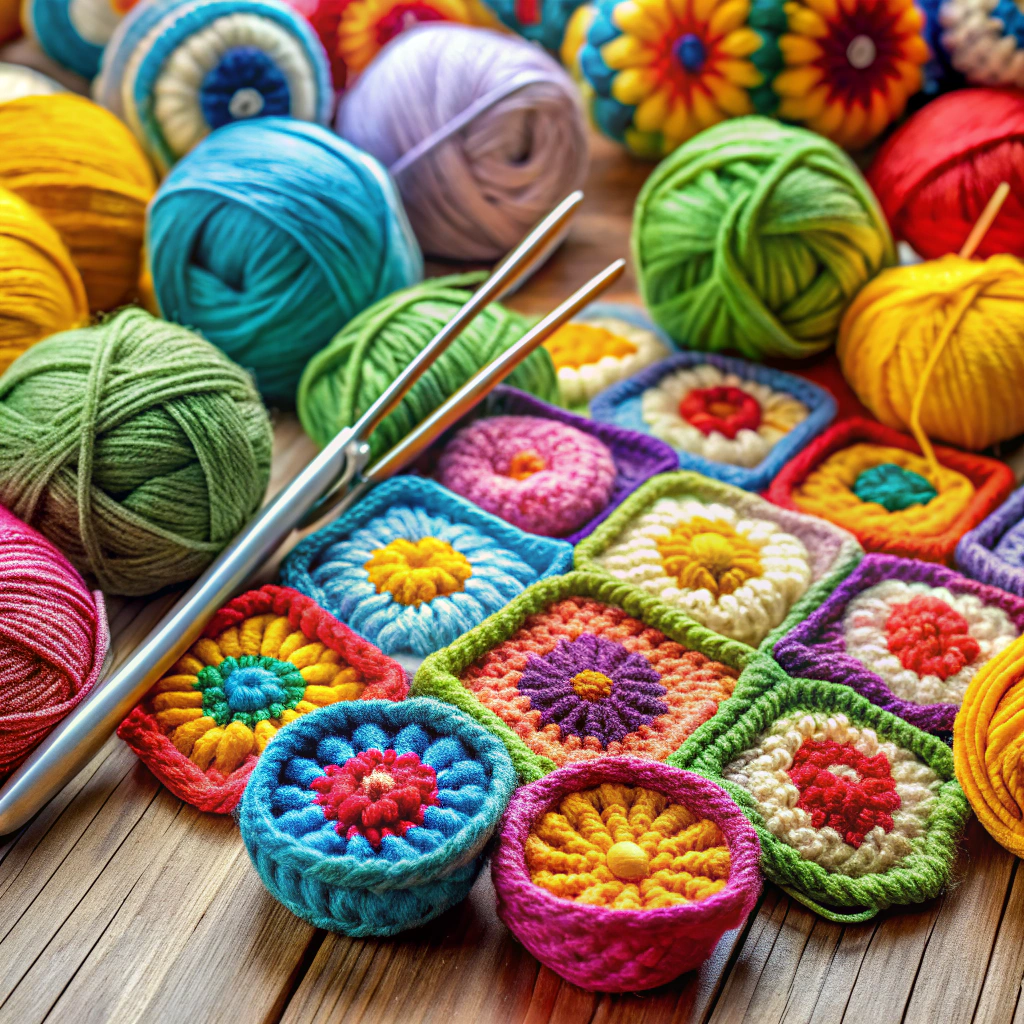Learn the meaning of “sc crochet” and how this simple stitch can be the foundation of your crocheting projects.
Key takeaways:
- Single crochet is simple, versatile, and durable.
- To make a single crochet stitch, insert hook, yarn over, and pull through loops.
- Crochet in the round with a magic ring or chain start.
- Increase strategically to create seamless rounds.
- Ace a single crochet increase by adding another stitch in the same spot.
What Is the Single Crochet Stitch?

The single crochet stitch is the bread and butter of the crochet world. It’s the stitch that’ll swoop in and save your project from unraveling into a tangled mess. Think of it as the Clark Kent of stitches. Mild-mannered, but secretly powerful.
Here’s why single crochet is awesome:
- It’s simple: Just one loop on your hook at a time.
- Versatile: Perfect for beginners, yet crucial for complex designs.
- Durable: Creates a tight, dense fabric ideal for amigurumi, bags, and warmer items.
This stitch is worked by inserting your hook into the next stitch, yarn over, pull through a loop (two loops now on your hook), yarn over again, and pull through both loops. Voilà! You’ve just made a single crochet stitch.
Imagine building a fortress, one little brick at a time. That’s the single crochet for you – reliably constructing your yarn masterpieces, stitch by stitch.
Step-by-Step Single Crochet for Beginners
Grab your yarn and hook—it’s time to get stitching.
Hold the yarn in your left hand, loop it around your pinky, under the next two fingers, and over your index finger. The right index finger and thumb will guide the hook.
- Start with a slip knot on your hook.
- Yarn over (that’s fancy crochet talk for wrapping the yarn around the hook) and pull through the knot. Congratulations, you’ve made your first chain!
- Insert the hook into the second chain from the hook.
- Yarn over and pull up a loop; you’ll have two loops on your hook now.
- Yarn over again and pull through both loops. Boom! You’ve completed a single crochet stitch.
Rinse and repeat this process down your chain. Voilà! You’re crocheting like a pro.
Single Crochet in the Round
Let’s dive into making magic with circles! Crocheting in the round can make anything from hats to amigurumi (those adorable little stuffed creatures). Here’s the quick lowdown:
- Magic Ring or Chain Start: Choose your weapon. A magic ring pulls tight for a neat center, while chaining a few stitches and joining them in a loop is easier for beginners.
- First Round: Insert multiple single crochets into that center. Usually, 6 to 10 stitches suffices, depending on your project’s girth.
- Mark Your Territory: Place a stitch marker in your first stitch. Go on, it’s not cheating. It’s a sanity-saver.
- Increase, Increase, Increase: Add extra stitches strategically on subsequent rounds. Typically, you’ll increase every stitch on the first round, every second stitch on the next, and so on. Just don’t go increase-happy.
- Keep Count: Seriously. It’s easy to lose track of stitches, so count each round as you go. Nobody likes a lopsided beanie.
- Seamless Beauty: To keep it looking smooth and spiral-y, just keep crocheting around and around, shifting your stitch marker up each round. For more defined rounds, join with a slip stitch at the end of each.
Remember, small adjustments make big differences. Happy hooking!
How to Do a Single Crochet Increase
Ready to ramp up your crochet game? Here’s how to ace a single crochet increase:
First up, work your single crochet stitch. Good? Great.
Next, pop another single crochet into that same stitch. Yes, the same one you just used. It’s like giving it a plus-one to the party.
Magic happens! You’ve just added a stitch and intensified the fabric. Your project grows without any weird gaps or bumps.
Got it? Practice a few times and it’ll become second nature, like riding a bike—or maybe riding a bike while crocheting. Now that’s a thought!




